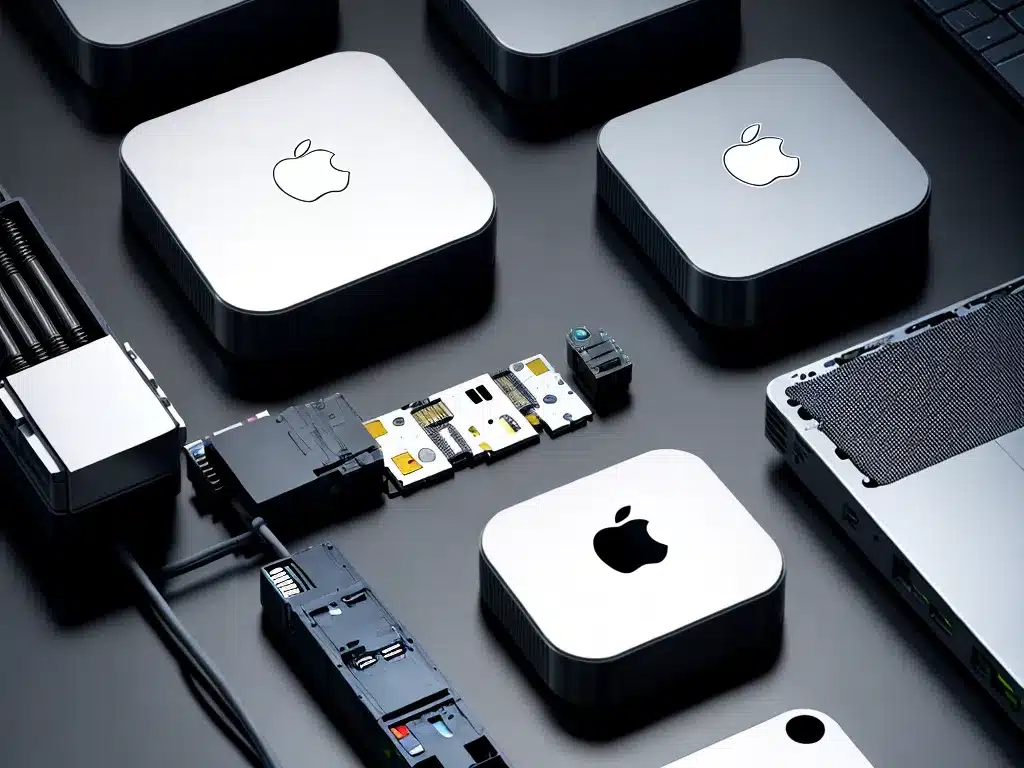
Introduction
As a Mac user, having a solid backup solution provides peace of mind that my important files and data will be safe even if my computer fails or is lost or stolen. In this article, I will discuss solutions for automating backups of my Mac to either Network Attached Storage (NAS) devices or an Apple Time Capsule.
Benefits of Automated Backups
There are several key benefits to setting up an automated backup system:
-
Convenience – Once configured, backups happen seamlessly in the background without having to manually trigger them. This makes it easy to stick to a regular backup schedule.
-
Consistency – Automated backups run on a set schedule, ensuring backups are consistent and up-to-date. Manual backups are easily forgotten.
-
Offsite Storage – Storing backups on a separate NAS or Time Capsule provides redundancy if the primary computer fails. This protects against physical damage, theft, or ransomware.
-
Version History – Automated backup software like Time Machine preserves previous versions of files, allowing recovery of older versions if needed.
Backup Software Options
The main options for automated Mac backup software are:
-
Time Machine – Apple’s built-in backup software included with macOS. It provides incremental backups to external storage including NAS and Time Capsule.
-
Third-party apps – Apps like Carbon Copy Cloner and SuperDuper! provide more flexibility and options compared to Time Machine.
-
Cloud backup services – Services like Backblaze and iDrive offer easy offsite backups over the internet.
Time Machine Backup to Network Storage
Time Machine is a convenient option since it comes included with Macs. Here are steps to get it backing up to a network drive:
1. Connect to NAS share
Use Finder to connect to the shared folder on the NAS where backups will be stored. For example, if the IP address of the NAS is 192.168.1.100 with a shared folder called “Backups”, the path would be:
smb://192.168.1.100/Backups
2. Select network volume in Time Machine
Open Time Machine preferences and click Select Backup Disk. Choose the network volume and select “Use as Backup Disk”.
3. Enable backups
Make sure the backup disk shows as “Verified” and turn on Time Machine to enable automatic backups. The first backup may take a long time as it copies all files.
4. Manage exclusions
Use the Time Machine options to exclude any files or folders you don’t want backed up, like large media files. This helps save space.
Time Machine Backup to Time Capsule
The Apple Time Capsule is a combined Wi-Fi router and network storage device designed to work seamlessly with Time Machine:
1. Set up Time Capsule
Run through the initial setup steps to get the Time Capsule connected to your network and storage ready.
2. Select disk in Time Machine
Just like with a NAS drive, open Time Machine preferences and select the Time Capsule disk as the backup destination.
3. Configure Time Capsule settings
Adjust any Time Capsule settings like wireless network options, attached devices, and storage management.
4. Exclude files from backup
Use the Time Machine exclusion list to prevent backing up files you don’t need.
Alternative Backup Software
While Time Machine is convenient, there are limitations like lack of bootable backups. Third-party apps can provide more flexibility:
-
Carbon Copy Cloner – Supports bootable backups, scheduling, and archiving. Offers 30-day free trial.
-
SuperDuper! – Another popular app for full bootable backups. Free version available.
-
ChronoSync – Syncs files between folders. Supports bootable backups. 30-day free trial.
These apps all allow backing up to connected NAS devices as well as external drives.
Offsite Cloud Backup
For offsite redundancy, supplement local network backups with an online cloud backup service. Some popular options:
-
Backblaze – Unlimited storage for $60/year. Backs up continuously.
-
IDrive – Backs up to private cloud servers. Plans start at $52/year.
-
Carbonite – Data mirroring and backup. Personal plans start at $72/year.
Cloud services provide an added layer of protection if local backups are compromised.
Tips for Managing Automated Backups
Here are some tips for maintaining healthy automated backups:
-
Periodically check backup status and available storage space.
-
Replace backup drives older than 3-5 years.
-
Test restoring files from backups to verify they work.
-
Keep backup software updated to latest versions.
-
Consider offsite or cloud storage for redundancy.
-
Encrypt backups for enhanced security.
Conclusion
Automating Mac backups to a NAS, Time Capsule, or cloud service greatly improves the chances of recovering from data loss. Time Machine provides convenient built-in backup capabilities, while third-party apps offer more customizable options. Following best practices for managing backups helps ensure your data is protected.












